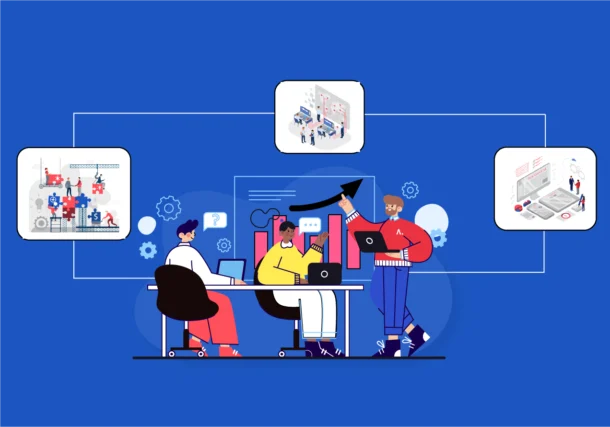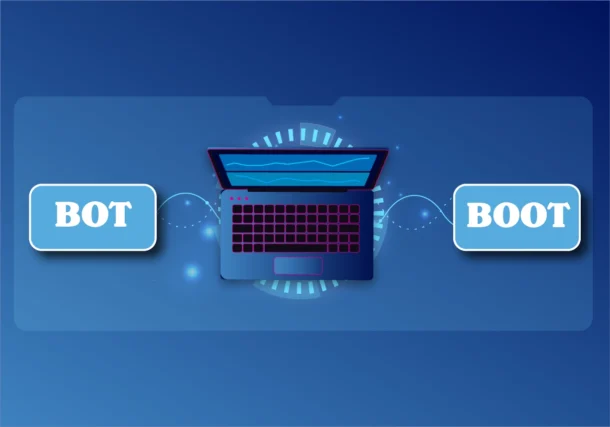Laying Down the Carpets of Legal Analysis of Build Operate Transfer Project
Presently, when taking over a project of public infrastructure development, BOT or Build Operate Transfer project shines out as a paramount approach to address all the needs for modernization and expansion while utilizing all the private sector expertise and capital as well. But to fulfill all these promises of improvising the infrastructure there is someone who is standing behind the back. Do you know who it is? Guess it, or keep guessing more! It’s a legal framework that acts behind the back. The legal framework in the Build Operate Transfer model refers to the set of certain laws, regulations, agreements, and contracts that govern all the rights, responsibilities, and relationships between the private and public sectors that are included in a BOT project. It consists of a necessary legal structure and framework within the project that is structurally planned, developed, financed, operated and transferred.
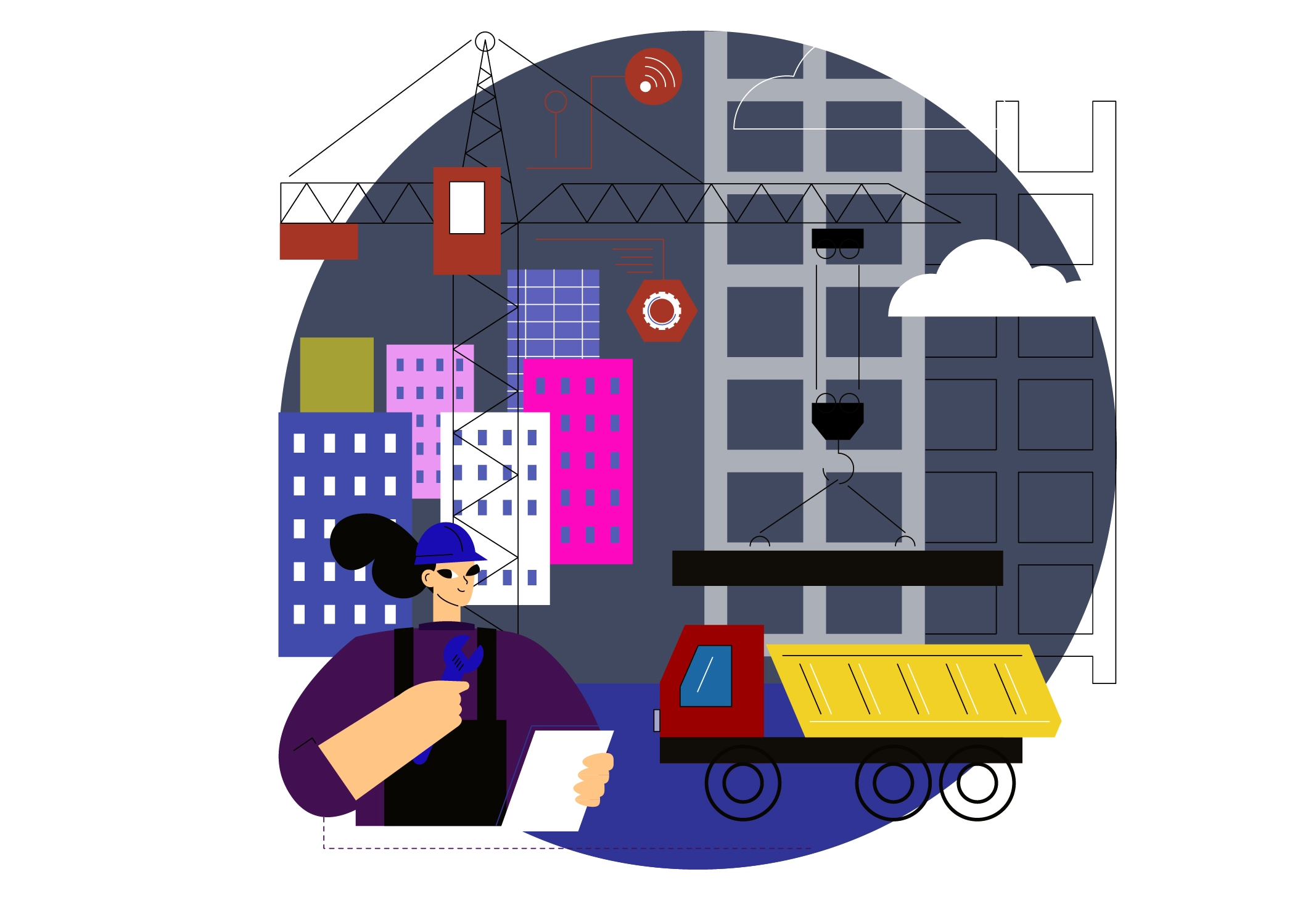
But want to understand more about the key components of the legal framework in the BOT model? In this blog, we have scripted down the world of the legal framework in the BOT model of public-private partnership projects. Also, we will analyze the overview of the legal Analysis of BOT in PPP along with highlighting some key considerations of the case studies with some best practices.
Guiding BOT Model’s Legal Framework in Public Infrastructure Development
BOT or Build Operate Transfer model as we all know plays like teamwork between the government entity and the private entity to build infrastructure like building highways, roads, hospitals, or bridges. It mainly works in three stages; the First stage is the build phase, where a private entity takes a project and builds, the second phase is operating where the project is being operated and the money is being invested and the final phase is the transfer period, where the private entity hands it over to the government. Now let’s certainly move ahead in understanding the legal framework that plays a vital role in the world of BOT models. A legal Framework is nothing but a set of rules and laws that completely guide these types of projects.
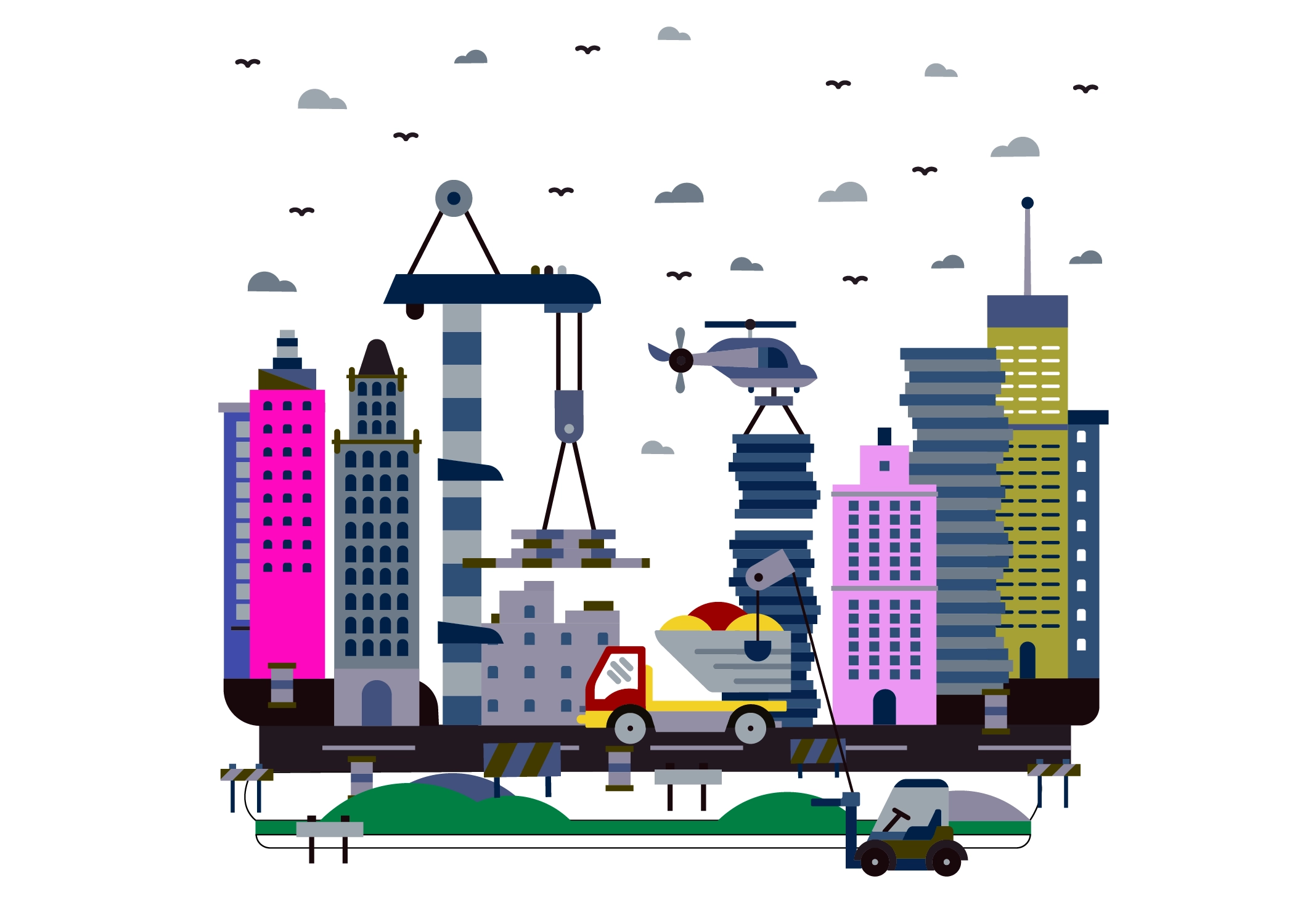
These guidelines or sets of instructions are concession agreements, regulations, money matters, disputes, problems, and lastly public views. To begin with, the first one is concession agreements, which are the main documents that outline the entire deal. These documents cover everything from what needs to be done or built, who is responsible if something goes wrong, and how long the private company gets to run the thing. The second one is rules and regulations that are set by the government that everyone must follow and stick to such rules. These rules cover all the patterns of things related to environmental protection, how to treat workers fairly, and how to make sure that the project is done in a safe manner or not. Third is financing, which plays a bigger part in such types of projects that mainly involve borrowing money, getting investments, or even receiving all the subsidies from the government.
These legal frameworks in public infrastructure make sure that all financial transactions are carried out properly. But amidst all of these things, always make sure that everything runs at a smoother pace. Sometimes there are times when disputes and problems can arise during the project. This legal framework has included guidelines on how to solve such disputes properly. Lastly, the legal framework keeps the public in mind. It makes sure that the project benefits everyone, not just the private company. This could mean keeping things affordable for the public, making sure the project is safe, or protecting the environment.
Pivotal Components of the Legal Framework in the BOT Model
The legal framework in the BOT model acts as a pillar of the Public Private Partnership (PPP) projects that completely provides a necessary structure and guidelines for successful implementation. It consists of several key components that completely define the rights, responsibilities, and obligations of the parties involved. The first key component is the concession agreement which stands out as the main key component of the legal framework in a BOT project. It is a contract-based arrangement between the government entity and the private entity that draws the line in the terms and conditions of the project. This type of agreement covers all aspects such as project scope, risk allocation, performance standards, revenue mechanisms, and ownership transfer provisions.
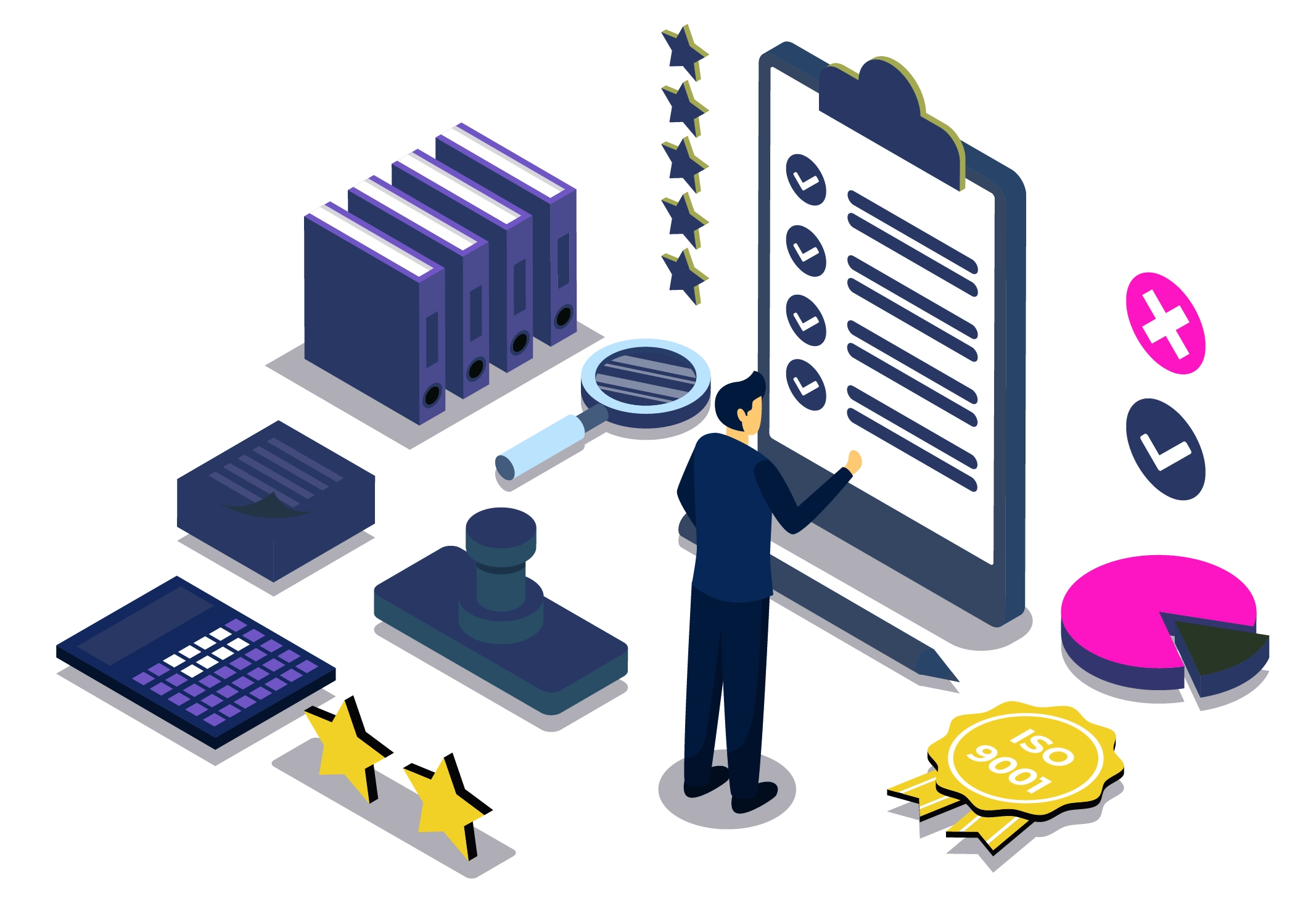
Another one is the regulatory environment that comprises various laws, regulations, and policies governing PPPs, and other relevant areas. Such compliance with these legal regulations is very important for the successful execution of BOT projects. Moreover, BOT projects mainly involve a complex financing structure that includes loans, bonds, government subsidies, and equity investments. This legal framework always makes sure that compliance with all these financial regulations and establishes the legal mechanisms for securing financing and managing all the financial risks to protect the interests of investors and lenders.
Also, another key component of the legal framework is risk allocation mechanisms in the Build Operate Transfer project model that might include various risks like construction delays, cost overruns, revenue shortfalls, and regulatory changes that have been allocated between the private sector and the public sector. Besides, when it comes to dispute resolution mechanisms the legal guideline includes negotiation, mediation, arbitration, and litigation that depends upon the nature and the severity of the disputes. The last key component is public interest or view consideration which includes ensuring the accessibility, affordability, safety, and quality of the services.
The Crucial Role of Legal Frameworks in Build Operate Transfer Models within PPP
Now let us understand why the legal framework is very important in Build Operate Transfer Project. The legal framework defines the rights, obligations, and responsibilities of the public and private sectors involved in the BOT project. This includes delineating each party’s roles in financing, designing, constructing, operating, maintaining, and transferring the infrastructure. Moreover, another crucial aspect is that all the build and transfer projects must comply with a set of legal and regulatory requirements at the local, national, and sometimes international levels. These may include environmental regulations, labor laws, zoning ordinances, financial regulations, and procurement laws. A legal framework always makes sure that the project adheres to all relevant legal requirements in public infrastructure projects.
Besides, another aspect of the legal framework in the BOT project is the allocation of risks between the public and private sectors. The legal framework defines how various risks can be seen such as construction delays, cost overruns, revenue shortfalls, and regulatory changes that are allocated, mitigated, and managed throughout the project lifecycle. Also when it comes to transparency and accountability these are essential principles in PPP projects to prevent corruption, mismanagement, and misuse of public funds. The legal framework includes provisions for transparency requirements, disclosure obligations, reporting mechanisms, and oversight mechanisms to ensure that the project is conducted in a transparent and accountable manner. Another vital aspect is the Build Operate Transfer Projects often require a significant investment from private entities, financial institutions, and sometimes government sources. A clear legal framework provides the necessary assurances and protections to lenders and investors, facilitating the financing process and reducing investment risks.
Exploring the Cages of Build Operate Transfer System Case Studies and Best Practices
Now let’s take a stroll through the case studies along with the best practices of Build Operate Transfer projects. The first case study is from the Delhi- Gurgaon Express in India. This project was taken to improve the overall connectivity between Delhi and Gurgaon under a build-operate transfer agreement. The legal framework in this project was related to toll collection, dispute settlement, and maintenance standards. Besides the best practices was the close collaboration between the government and the private entities which timely completed the entire project with the effective operations and maintenance afterwards.
The second case study is from the Mactan-Cebu International Airport (MCIA) Project in the Philippines which completely involved the development of a terminal for all the new passengers via a bot model and this arrangement was between the government entities and private entities. The legal framework was the clear outline for the project financing followed by risk allocation, performance standards, and also the revenue- sharing mechanisms. The best practices for this public infrastructure project were the effective dispute mechanisms were respectively established along with the attribution which helped in resolving all the conflicts effectively.
Shutting Mindful Thoughts about BOT Model in Public Infrastructure with Pattem Digital
Just like how someone shut down their book after reading it, let’s now close this topic with the thought that since BOT or Build operate transfer project system is a top solution for building public infrastructure, the legal framework is something that lies at the back and serves as the vital part in the BOT model. It not only provides or offers a set of guidelines but also makes sure to provide accountability, transparency, and adherence to all the regular standards. As we further had a telescopic view of the case studies and best practices it has become clear that such types of effective collaboration between government and private sector with all these legal frameworks has become a key to success.
Slightly moved down in understanding the companies like Pattem Digital an ideal Build Operate Transfer Services provider is ready to take all your BOT projects and give out the best innovative solutions that will drive more efficiency, and sustainability growth in public infrastructure development. With many years of experience focusing on sustainable growth and outcome, we commence on this journey towards a future where build-operate transfer projects act as a catalyst for all the project development.




